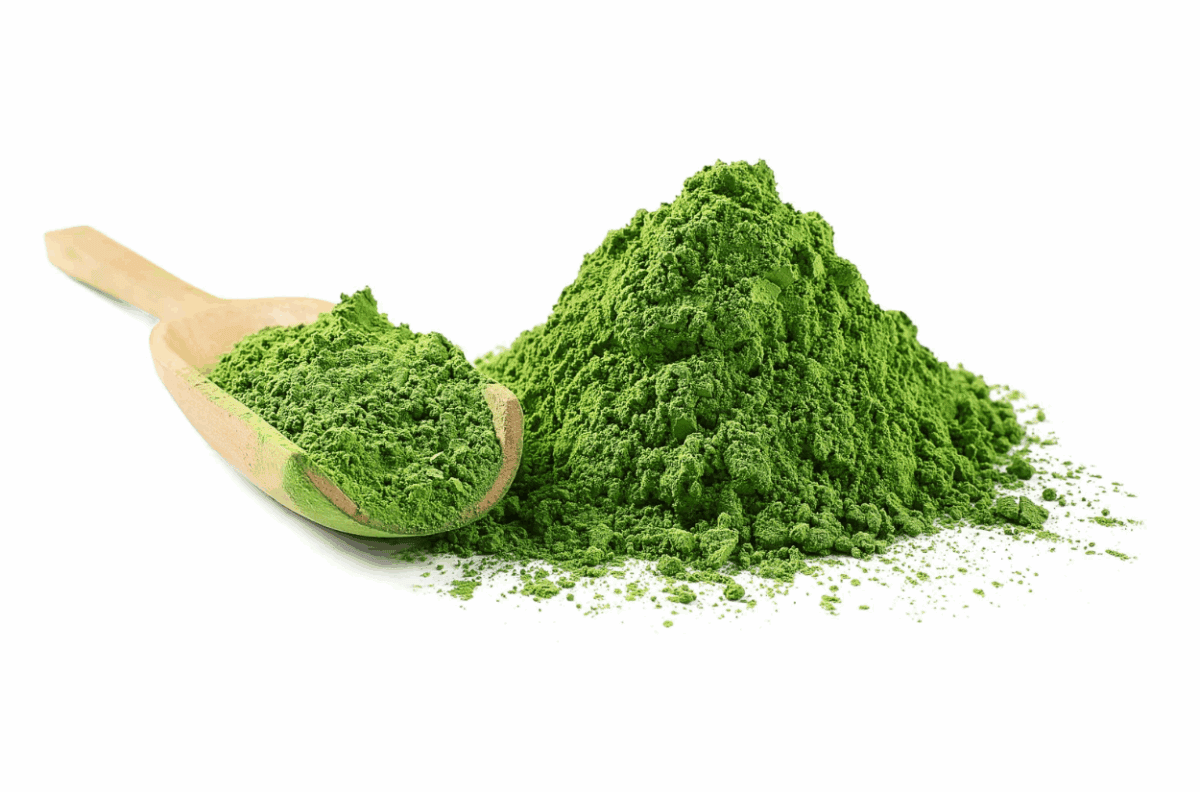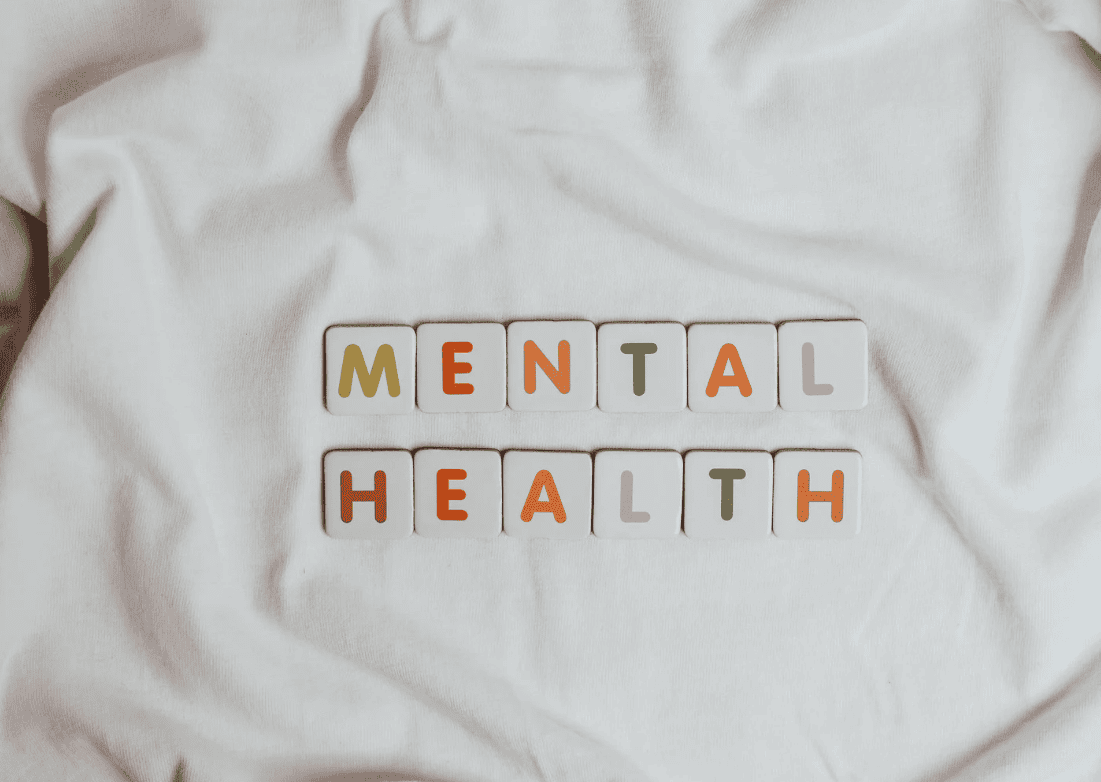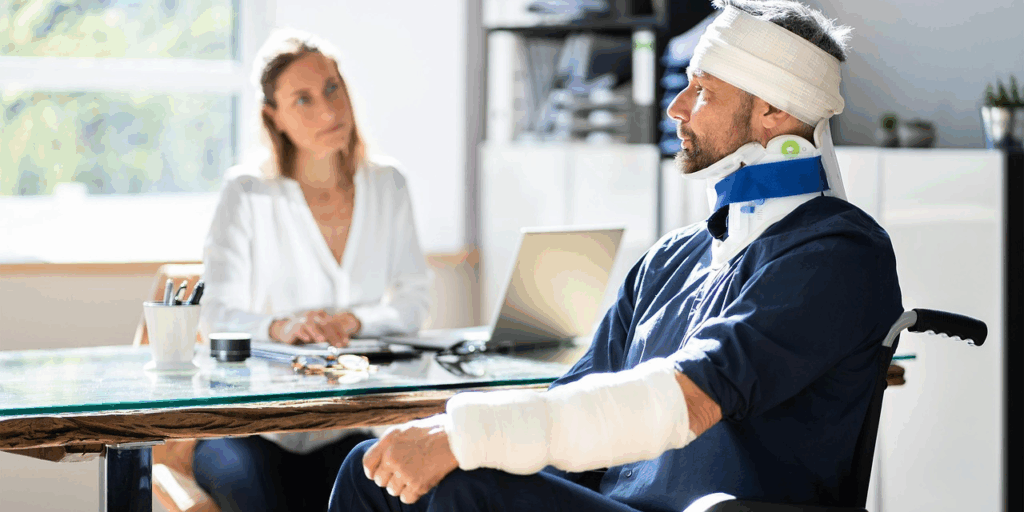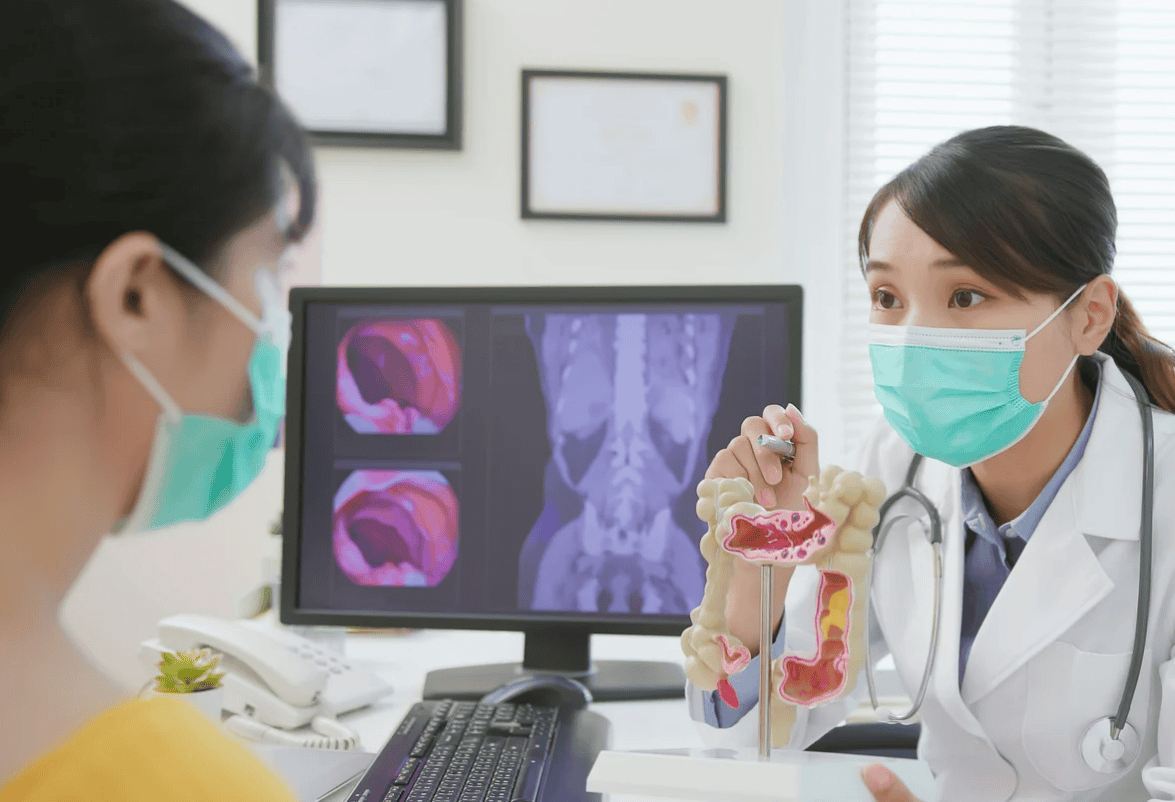Nowadays, whenever a person is affected by a disease, even a simple cold, they take medication to manage the symptoms. But nobody cares about why that disease is coming back again and again. What’s the root cause of the disease? This is the reason why traditional medicines fail.
Traditional medicine usually focuses on treating symptoms with short-term solutions, which can frustrate people when their problems come back or new ones start.
On the other hand, Functional medicine takes a different approach. It looks deeper to find out what’s really causing your health issues. Practitioners take time to understand how different parts of your body and lifestyle are connected so they can create a plan that supports long-term healing.
At Conscious Medicine, we believe that true healing comes from understanding and addressing the root causes of illness, so we’re passionate about this new approach to health and wellness. We have been providing functional medicine in Atlanta for a couple of years and know that it is important to treat the root cause rather than only controlling the symptoms.
Today, in this blog, we will explain functional medicine and how it helps address the illness’s root causes and helps you lead a healthier life.

What Is Functional Medicine?
Functional medicine is a science-backed way of caring for your health that focuses on finding and treating the real causes of illness, not just the symptoms. It looks at the body as one connected system and works to bring everything into balance for better overall health.
Core Principles of Functional Medicine
Here are the principles on which functional medicine relies:
Patient-Centred Care:
- People are treated as unique with their genetic makeup, environmental exposures, and lifestyle factors.
- Treatment plans are based on the individual’s specific requirements and circumstances.
- The patient-practitioner relationship is collaborative, with the patient actively participating in their healing journey.
Systems Biology Approach:
- The body is viewed as an interconnected web of relationships rather than isolated organ systems
- Understanding how different systems influence each other is crucial for effective treatment
- Dysfunction in one area can create cascading effects throughout the body
Root Cause Focus:
- Emphasis on identifying and addressing underlying imbalances rather than suppressing symptoms
- Investigating the “why” behind illness, not just the “what.”
- Recognition that symptoms are often the body’s way of signalling deeper dysfunction
How Functional Medicine Differs from Conventional Medicine
Understanding the differences between functional medicine and conventional medicine helps illustrate why this approach is so effective for addressing chronic health issues:
Conventional Medicine Approach
Disease-Focused:
- Primarily concerned with diagnosing and treating established diseases
- Uses standardized protocols based on disease categories
- Often, waits until the disease is advanced before intervention
- Emphasis on symptom suppression and disease management
Reductionist Thinking:
- It tends to view the body as separate, independent systems
- Focuses on specific organs or body parts in isolation
- May miss connections between seemingly unrelated symptoms
- This often leads to multiple specialists treating different symptoms
Reactive Treatment:
- Typically responds to illness after it has developed
- Limited focus on prevention and early intervention
- It may not address lifestyle and environmental factors
- Often relies heavily on pharmaceutical interventions
Functional Medicine Approach
Health-Focused:
- Emphasizes optimizing health and preventing disease
- Seeks to understand what creates health, not just what causes disease
- Intervenes early to avoid the progression of dysfunction
- Focuses on enhancing the body’s natural healing mechanisms
Systems Thinking:
- Views the body as an integrated, interconnected system
- Recognizes that dysfunction in one area affects the whole
- Look for patterns and connections between symptoms
- Addresses multiple systems simultaneously for comprehensive healing
Proactive Prevention:
- Emphasizes prevention and early intervention
- Addresses risk factors before the disease develops
- Incorporates lifestyle, nutrition, and environmental factors
- Uses natural interventions when possible, pharmaceuticals when necessary
The Functional Medicine Matrix: Understanding Root Causes

As we provide functional medicine in Atlanta at Conscious Medicine, we use a comprehensive framework called the Functional Medicine Matrix to understand the complex factors contributing to illness. This matrix helps identify the root causes of health issues by examining multiple interconnected areas:
Antecedents:
- Genetic predispositions and inherited traits
- Early life experiences and developmental factors
- Environmental exposures during critical periods
- Family history and inherited patterns
Triggers:
- Acute stressors that initiate dysfunction
- Infections, toxin exposures, or traumatic events
- Major life changes or emotional stressors
- Dietary changes or medication use
Mediators:
- Ongoing factors that perpetuate dysfunction
- Chronic stress, poor diet, or environmental toxins
- Lifestyle factors that maintain the imbalance
- Psychological and social factors
Core Clinical Imbalances
Functional medicine identifies seven core areas where imbalances commonly occur:
Assimilation and Elimination:
- Digestive function and nutrient absorption
- Detoxification and waste elimination
- Gut microbiome balance and intestinal health
- Food sensitivities and allergic responses
Defense and Repair:
- Immune system function and regulation
- Inflammatory responses and resolution
- Infection susceptibility and recovery
- Tissue repair and regeneration
Energy Production:
- Mitochondrial function and cellular energy
- Metabolic efficiency and regulation
- Blood sugar balance and insulin sensitivity
- Thyroid and adrenal function
Biotransformation and Elimination:
- Liver detoxification pathways
- Kidney function and waste elimination
- Cellular detoxification processes
- Environmental toxin processing
Communication:
- Hormone balance and signaling
- Neurotransmitter function and mood regulation
- Cellular communication and coordination
- Stress response and adaptation
Transport:
- Cardiovascular health and circulation
- Lymphatic system function
- Cellular transport and membrane function
- Nutrient and oxygen delivery
Structural Integrity:
- Musculoskeletal health and function
- Cellular and tissue structure
- Organ system integrity
- Physical alignment and movement
Common Root Causes Addressed by Functional Medicine
Functional medicine practitioners commonly identify several underlying factors that contribute to chronic illness:
Chronic Inflammation
Chronic inflammation can quietly build up in the body and harm your organs over time. Functional medicine looks at what’s causing it, such as unhealthy food, stress, or toxins, and helps calm the inflammation to bring your body back into balance.
Sources of Inflammation:
- Poor diet, high in processed foods and sugar
- Food sensitivities and allergic reactions
- Chronic infections and gut dysbiosis
- Environmental toxin exposure
- Chronic stress and inadequate sleep
Health Impact:
- Contributes to cardiovascular disease, diabetes, and autoimmune conditions
- It affects brain function and mental health
- Impairs immune system function
- Accelerates aging processes
Gut Dysfunction
Your gut is the gateway to overall health. Issues like leaky gut, SIBO, or dysbiosis can disrupt digestion, immunity, and mood. Functional medicine works to repair the gut and support a healthy microbiome.
Common Issues:
- Leaky gut syndrome and intestinal permeability
- Small intestinal bacterial overgrowth (SIBO)
- Dysbiosis and imbalanced gut bacteria
- Food sensitivities and digestive disorders
Systemic Effects:
- It affects immune system function (70% of the immune system is in the gut)
- Influences mood and mental health through the gut-brain axis
- Impacts nutrient absorption and deficiencies
- Contributes to systemic inflammation
Hormonal Imbalances
Imbalances in thyroid, adrenal, or sex hormones can affect energy, mood, weight, and sleep. Functional medicine helps rebalance hormones naturally by addressing stress, diet, and underlying metabolic dysfunction.
Common Imbalances:
- Thyroid dysfunction and metabolic issues
- Adrenal fatigue and stress hormone dysregulation
- Sex hormone imbalances affecting reproduction and mood
- Insulin resistance and blood sugar dysregulation
Health Consequences:
- Affects energy, mood, and cognitive function
- Impacts weight management and metabolism
- Influences sleep quality and stress resilience
- Affects reproductive health and aging
Nutritional Deficiencies
Even with a healthy diet, your body may lack key nutrients due to poor absorption or increased demands. Functional medicine identifies and corrects these gaps to support energy, brain function, and immunity.
Common Deficiencies:
- Vitamin D deficiency affects immune function
- B-vitamin deficiencies impacting energy and neurological function
- Mineral deficiencies affecting enzyme function and metabolism
- Essential fatty acid imbalances affecting inflammation
Contributing Factors:
- Poor diet quality and processed food consumption
- Digestive dysfunction affecting absorption
- Increased nutrient needs due to stress or illness
- Medication-induced nutrient depletion
Environmental Toxin Burden
Daily exposure to toxins from food, air, and household products can overwhelm your body’s detox systems. Functional medicine supports gentle detoxification and helps reduce the toxic load for better overall health.
Common Exposures:
- Heavy metals from various environmental sources
- Pesticides and herbicides in food and water
- Mold toxins from water-damaged buildings
- Chemical exposure from household and personal care products
Health Impact:
- Disrupts hormone function and metabolism
- Impairs detoxification pathways
- Contributes to neurological dysfunction
- Increases oxidative stress and inflammation
Conscious Medicine: Certified Functional Medicine Practitioner in Atlanta, Georgia
At Conscious Medicine, we bring certified functional medicine care to the heart of Atlanta. Led by experienced practitioners, our approach focuses on uncovering the root causes of chronic health issues rather than just managing symptoms.
We combine advanced diagnostics with personalized nutrition, lifestyle strategies, and natural therapies to help you restore balance and achieve long-term wellness.
Whether you’re dealing with fatigue, gut issues, hormone imbalances, or unexplained symptoms, we’re here to guide your healing journey with compassionate, science-based care.
The Future of Healthcare: A Functional Medicine Perspective
Functional medicine represents the future of healthcare. It is a personalized, science-based approach that empowers individuals to take control of their health and achieve optimal wellness. As more people experience the benefits of addressing root causes rather than just managing symptoms, this approach continues to gain recognition and acceptance.
Integrating functional medicine principles with conventional medical care offers the best of both worlds: the life-saving interventions of modern medicine when needed, combined with the comprehensive, preventive approach of functional medicine for optimal health and wellness.
At Conscious Medicine, we’re committed to supporting this evolution in healthcare by serving functional medicine in Atlanta. Transform your approach to health. With functional medicine principles, address the root causes of illness and discover what optimal wellness feels like when your body functions in perfect harmony.



























